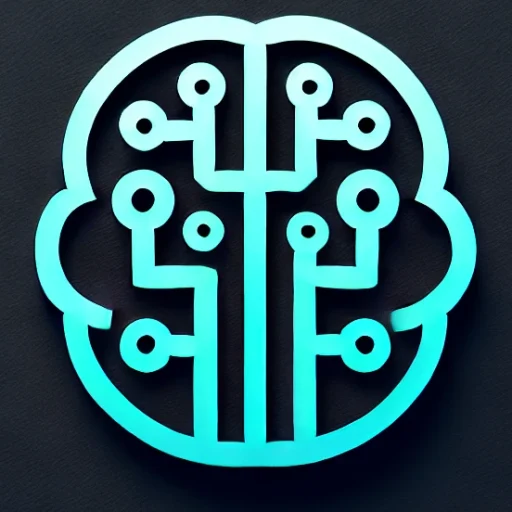
Introduction
In recent years, the field of artificial intelligence has seen tremendous growth, with innovations in machine learning and data processing opening up new avenues for exploration. Among the most groundbreaking developments is Generative AI, technology capable of creating art, music, text, and more, mimicking human creativity with astonishing precision. As industries race to integrate AI into their workflows, Generative AI stands at the forefront, promising to revolutionize how we create and consume content.
Key Insights & Latest Advancements
Generative AI leverages advancements in deep learning, particularly through models like Generative Adversarial Networks (GANs) and transformer-based architectures. These technologies enable machines to generate new content by learning from vast datasets. The release of models like OpenAI’s GPT-3 and its successor GPT-4, along with DALL-E, have demonstrated the potential of these systems to create human-like text and images.
Recent breakthroughs include OpenAI’s ChatGPT, which can simulate interactive and adaptive conversational experiences, and Stability AI’s advancements in producing high-quality images in unprecedented detail. These developments have pushed the boundaries of what Generative AI can achieve, setting new standards in computational creativity.
Real-World Applications
Generative AI is making waves across various industries. In entertainment, AI-generated music can compose tunes tailored to audience preferences, while AI-powered tools are assisting writers in crafting compelling narratives. The fashion industry is employing AI to design unique patterns and styles, bringing a fresh perspective to traditional design processes.
In the business domain, Generative AI aids in creating personalized marketing content, optimizing customer engagement by tailoring messages to individual preferences. Moreover, in healthcare, AI-generated data is assisting in drug discovery, accelerating processes that traditionally took years.
Challenges & Future Outlook
Despite its promise, Generative AI comes with a set of challenges. Ethical concerns around intellectual property and the potential misuse of AI-generated content for disinformation pose significant hurdles. Additionally, the environmental impact of deploying large-scale models is drawing attention, as the computing power required for training leads to high energy consumption.
The future of Generative AI holds exciting possibilities. Continued innovation will likely see more personalized and efficient applications, driving progress in fields like virtual reality, education, and beyond. Addressing the ethical and environmental issues will remain critical to ensure sustainable and responsible AI development.
Conclusion
Generative AI is undeniably transformative, reshaping industries and redefining creativity. As organizations continue to harness its potential, understanding its capabilities and managing its challenges will be pivotal. The key takeaway is clear: Generative AI symbolizes a new era of innovation, where collaboration between human ingenuity and machine intelligence can unlock unprecedented opportunities for growth and creativity.

